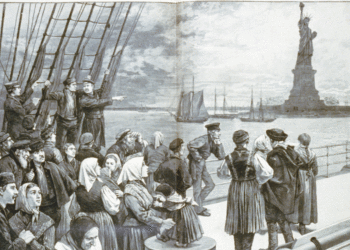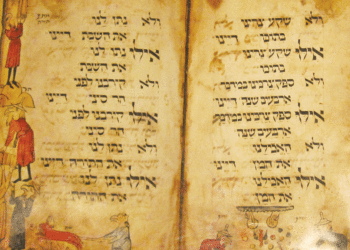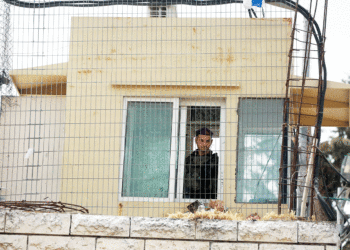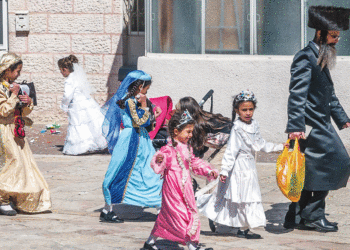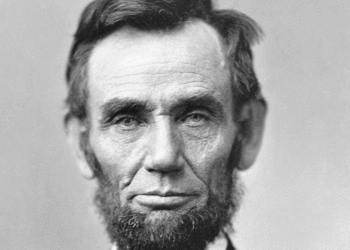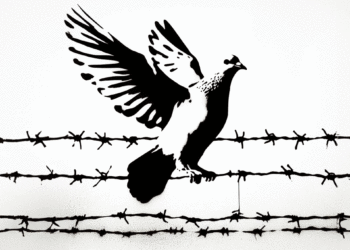A Jewish community may enjoy many blessings, but the healthiest community is one that brings together a rich blend of Jews
by RABBI MAX DAVIS
I have yet to see one but apparently, there is a T-shirt making the rounds in some rabbinic circles proclaiming “Rabbis ♥ Cheshvan!” This is in reference to the present Jewish month, Cheshvan, successor to the holiday-saturated month of Tishrei, yet famously devoid of all Jewish holidays.
I get it, I really do. For many rabbis, Tishrei is the busy season; a tidal wave of prayer, study, teaching and programming plotted along an emotionally intense telemetry to boost us out of the cluttered past and into the nice, clean orbit of a new year. Cheshvan presents the first opportunity to take a breath.
That being said, there is an alternative, less cynical reason for rabbis to don “I ♥ Cheshvan” apparel, and that is because the new month presents an opportunity to get back on track with pre-holiday projects, particularly those pertaining to Jewish education. This is underscored by our slow but steady march towards the next holiday, Hanuka, festival of chinuch — education! (Lights play a role too.)
Additional support for Cheshvan being a month to jump-start Jewish education may be adduced from the month’s alternate name, Bul (I Kings 6:38). Bul alludes to the word mabul — flood, as in the great flood of Noah that began during this month. Cheshvan is also considered to be a month of considerable rainfall in Israel.
Rainfall and floodwaters notwithstanding, other commentaries understand bul to refer to a lack of water. They derive bul from naval, meaning wither, and highlight the withered state of grass and leaves during this month. This poses somewhat of a paradox. Are we in a month of abundant rainfall to the point of flooding, or is this a time of dryness and withered flora? In short, are we drenched or are we parched? And, frankly, who wants to be in either predicament?
Add to this mix the frequent rabbinic metaphor likening Torah to water and Jewish education to a vast sea of knowledge. Indeed, Rabbi Akiva of Talmudic fame relates a parable in which Jews are likened to fish and Jewish studies to the ocean. Not only is the environment suitable, it is essential for the survival of the fish. So, too, is Jewish education essential for our survival.
But it must be done right.
Both extremes of flood and drought spell trouble. This is as true for education as it is for precipitation. Each of us learns differently, with different tolerances and capacities for comprehension and understanding.
As there is no one-size-fits-all classroom or course for all students, so too is the case for synagogue educational programming. The challenge is to find the proper blend of ingredients: texts, activities, educators, venues, incentives and participants. Blend is the key word here, for it suggests an embrace of the knowledge, experience and talent of each participant. The better is to steer clear of extremes: the deluge and the drought.
I believe that healthy Jewish institutions, synagogues especially, are uniquely positioned to offer such educational programs. Healthy defined as both socially and demographically diverse. A community may enjoy the blessings of fiscal and medical health, but the healthiest Jewish community is one that brings together a rich blend of Jews — young and old, Jews by birth and Jews by choice, natives and immigrants, individuals, families and those who currently enjoy good health and those who do not.
Was it not such a blend that stood at the foot of Mt. Sinai, the original Jewish classroom? Those institutions that are blessed with a blend have the sacred opportunity to offer educational programs that bring together various groups.
Programs designed for a narrow audience can almost always be broadened. A synagogue-based class might meet on occasion in a nursing home, or perhaps, vice versa. A Shabbat morning derasha (sermon) intended for adults might generate content suitable for discussion in youth groups, which might nourish parent-child discussion. Parent-child study sessions, the hallmark of intergenerational learning, may be broadened to welcome those without children. The same broadening and blending can be accomplished on an individual basis. Learn something interesting? Try sharing it with someone with whom you might not normally do so. Such connections are the stuff of stronger learning and stronger communities.
May we as individuals and communities find the time and creativity during the month of Bul to realize the Mishnaic dictum of Ben Zoma: Eizeh hu chacham, halomed mikol adam. Who is truly wise? As Pirkei Avot teaches, the answer is: one who learns from every person. Now that sounds like an education.
***
Rabbi Max Davis is the rabbi at Congregation Darchei Noam in St. Louis Park.
(American Jewish World, 11.3.17)









